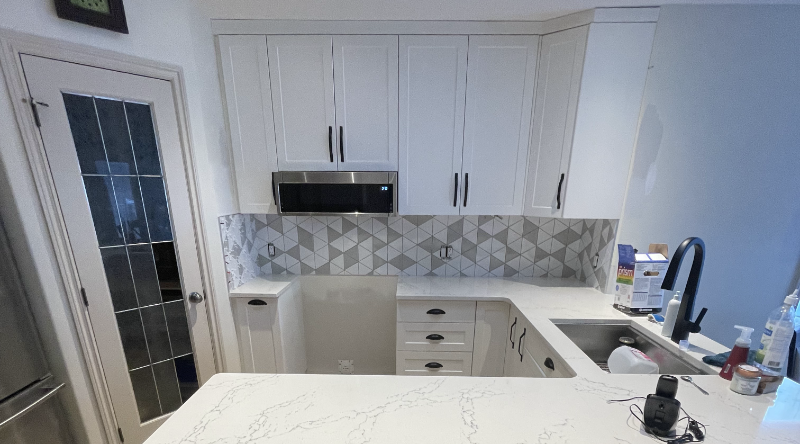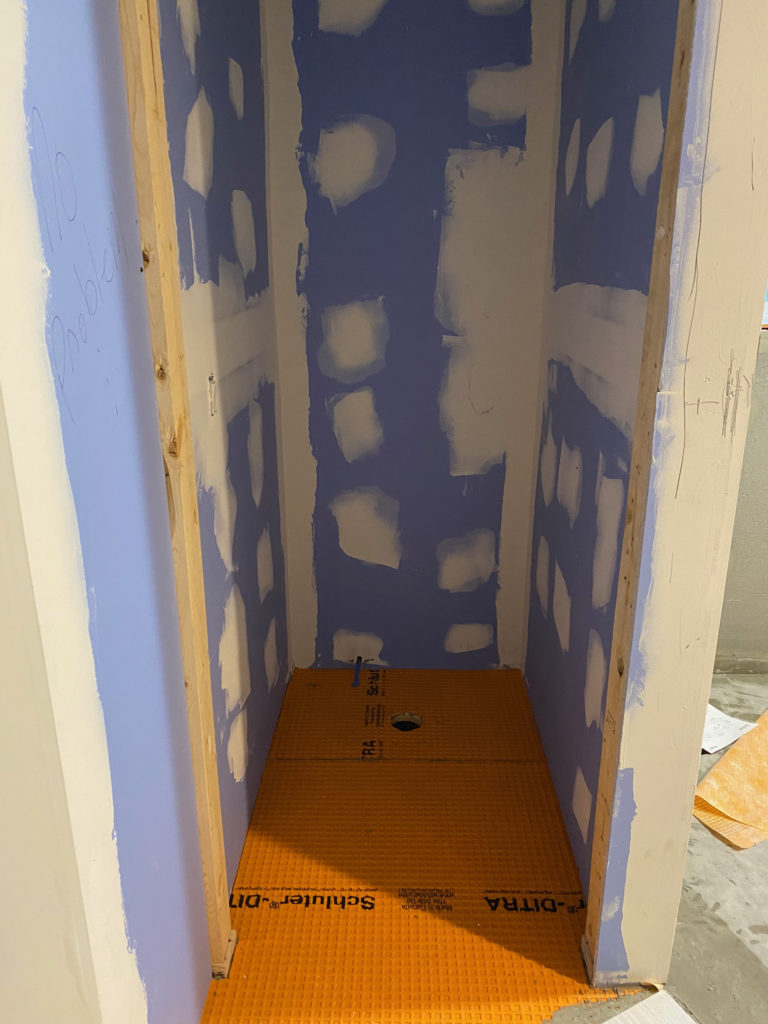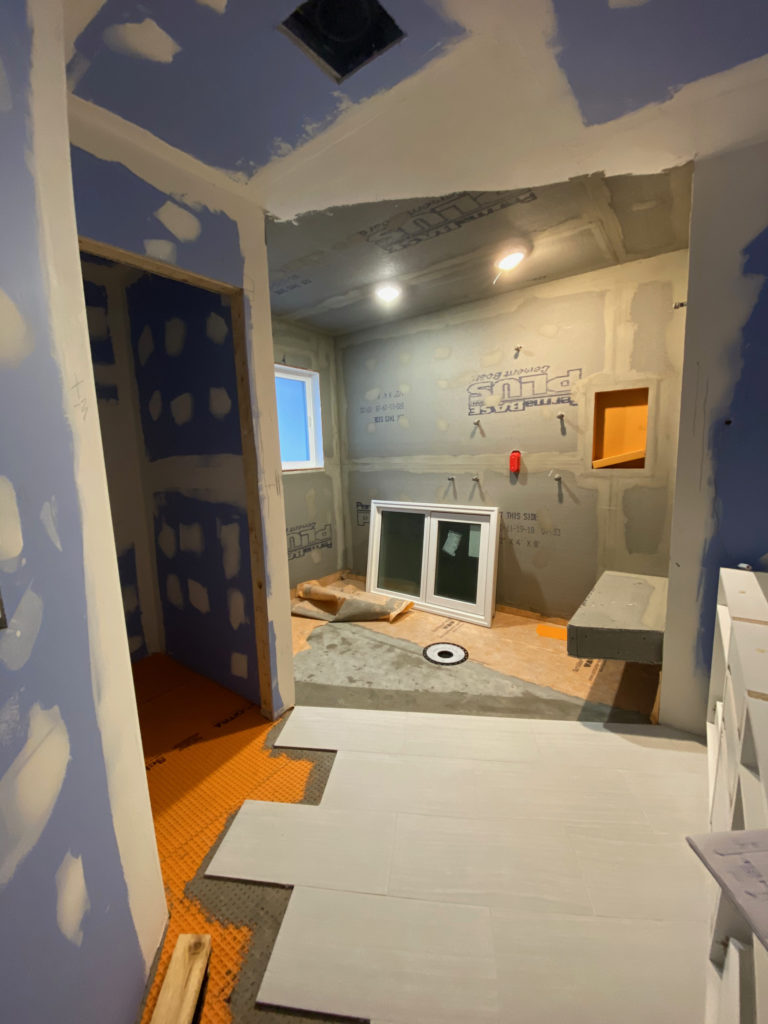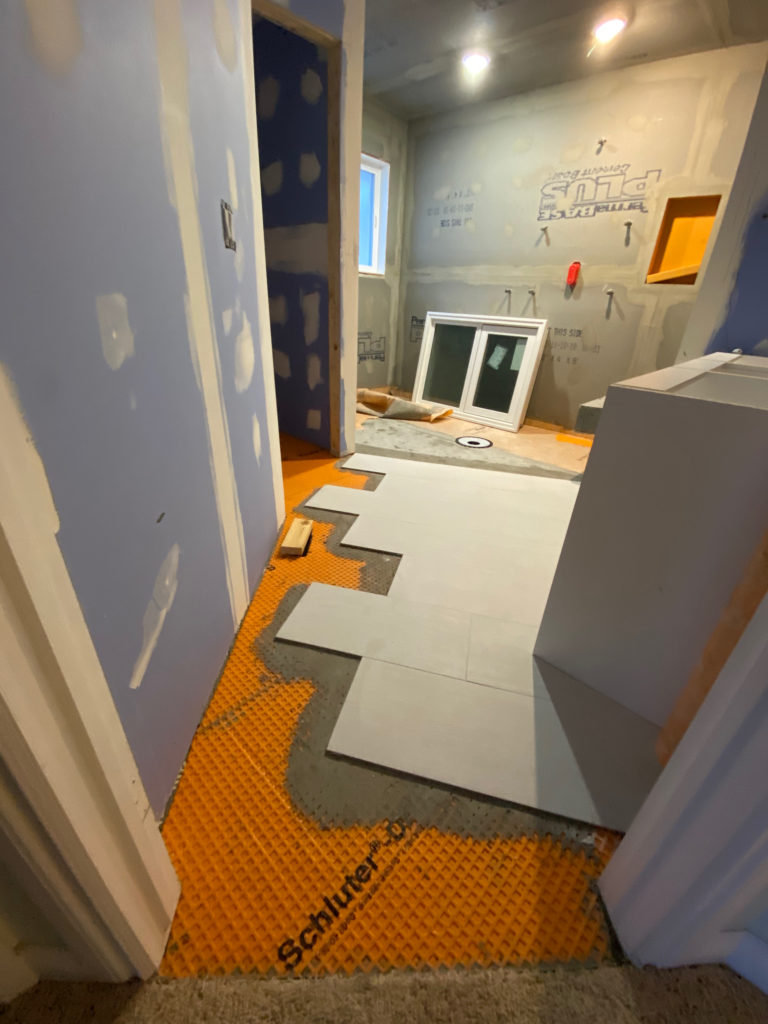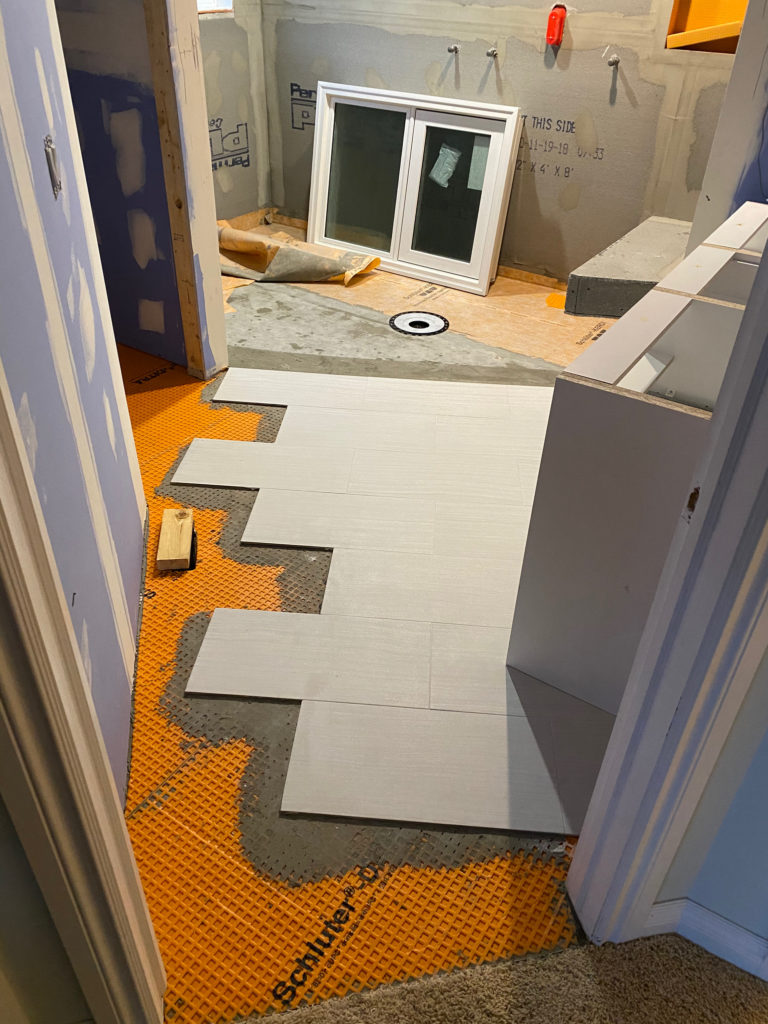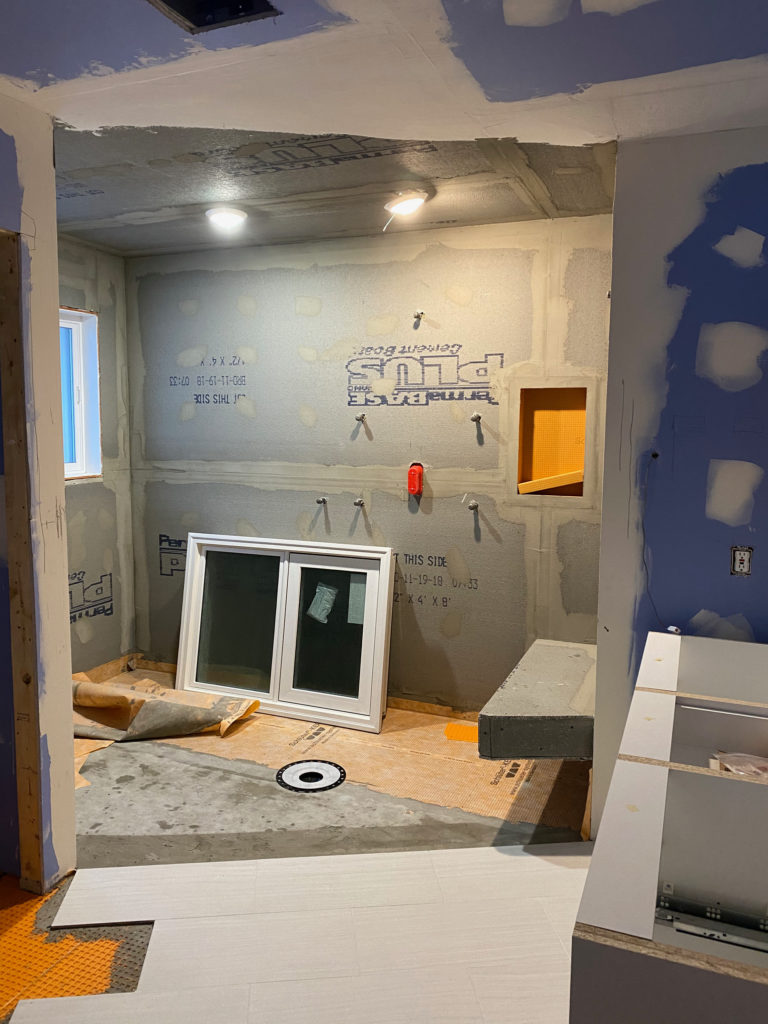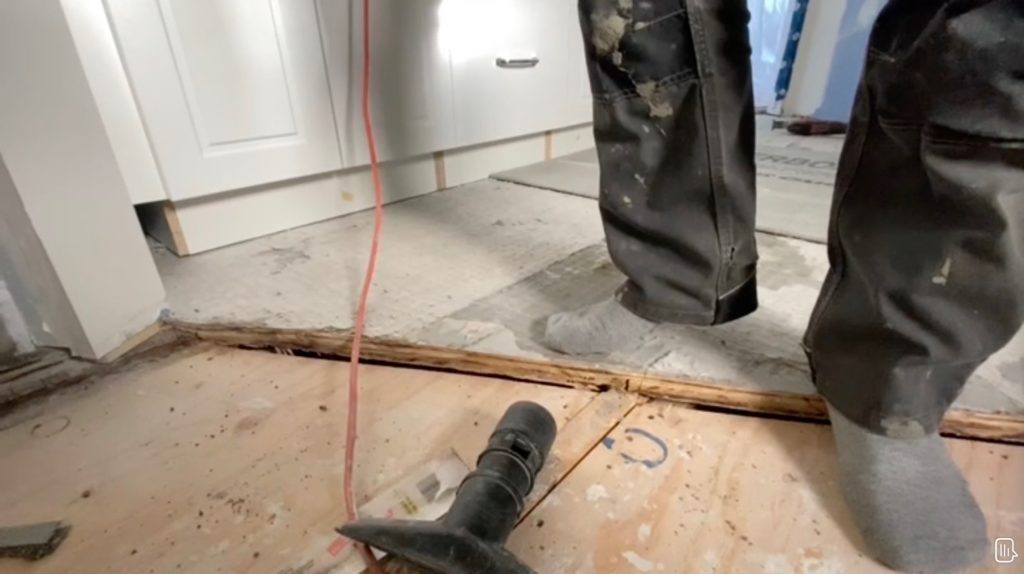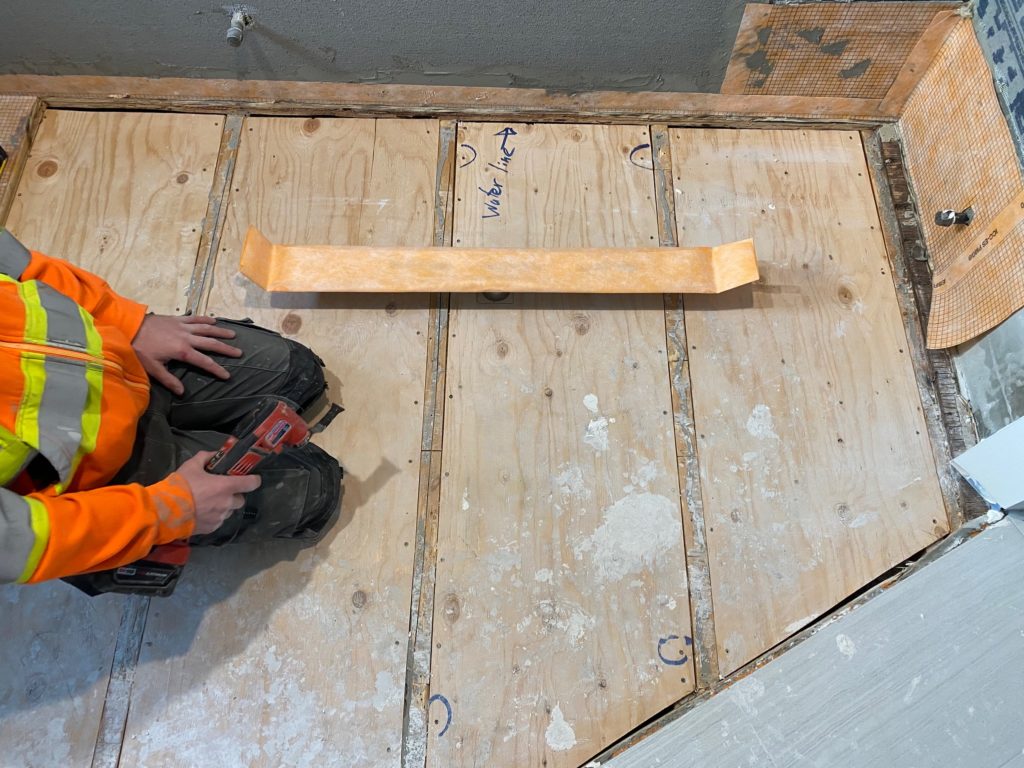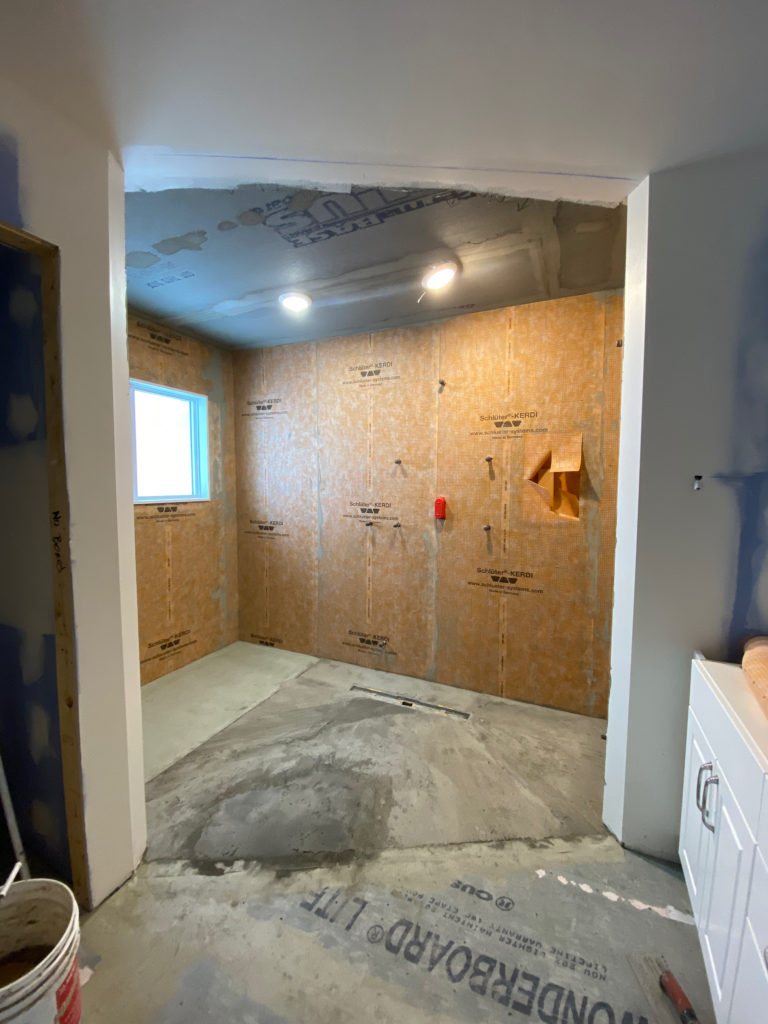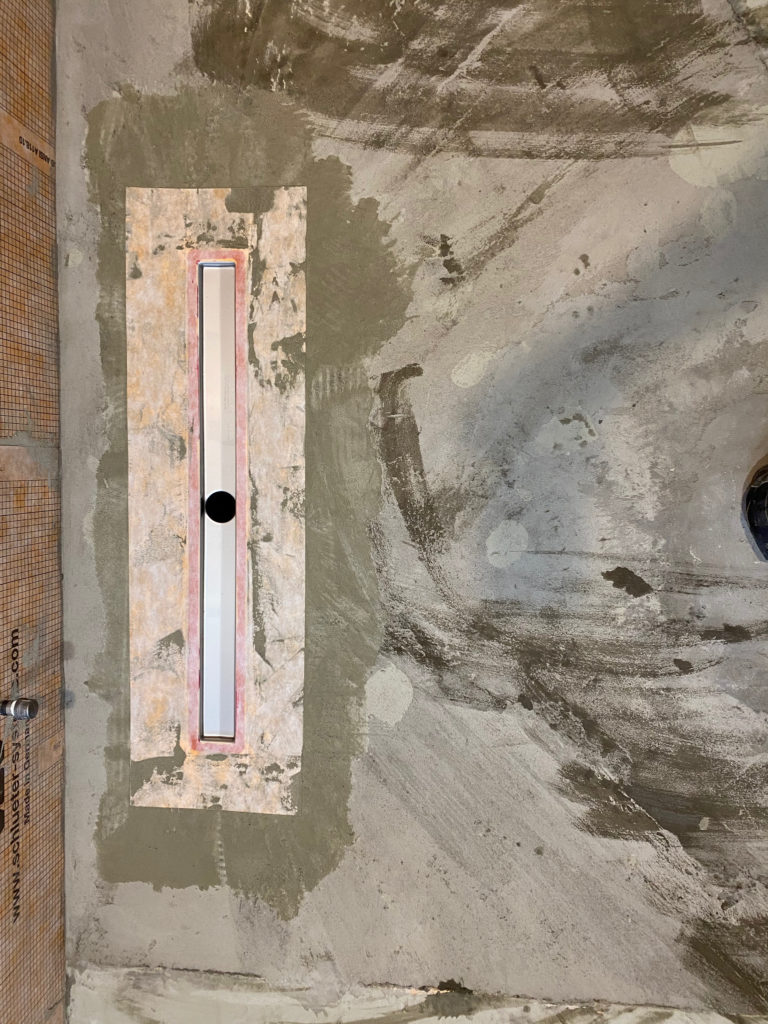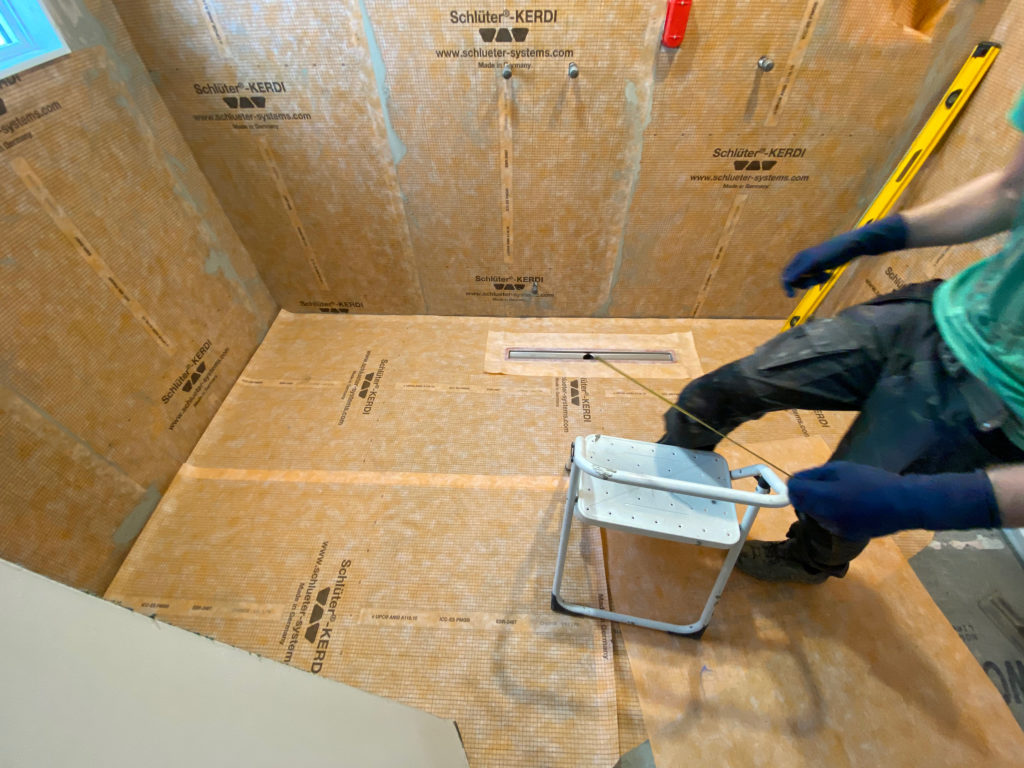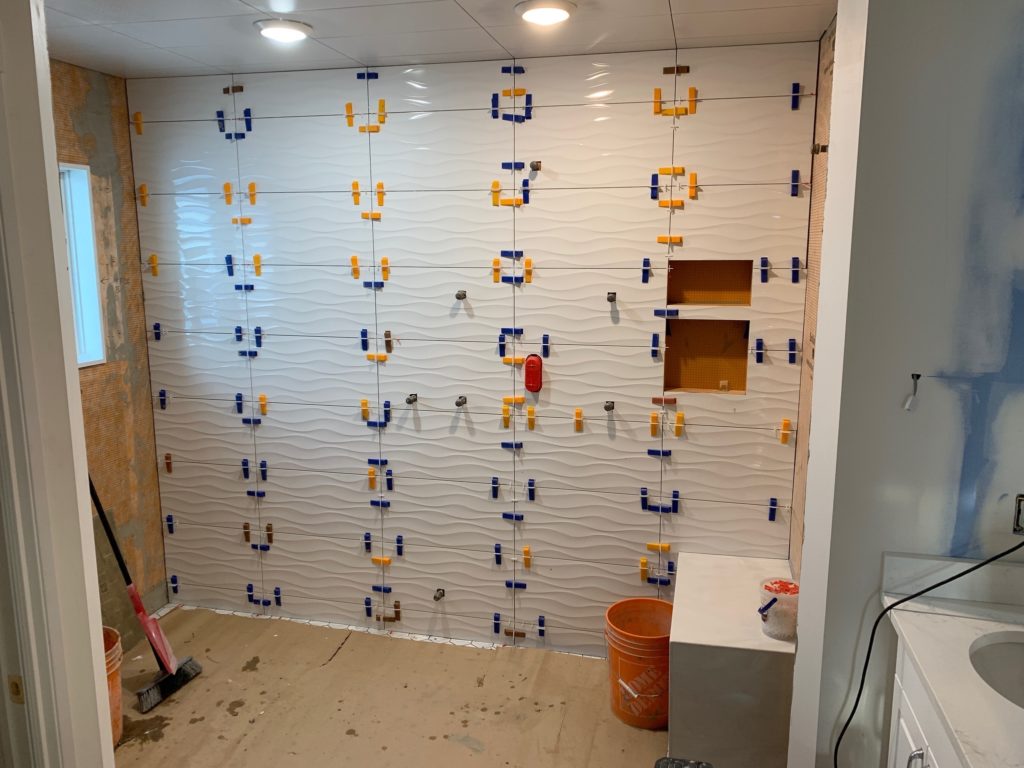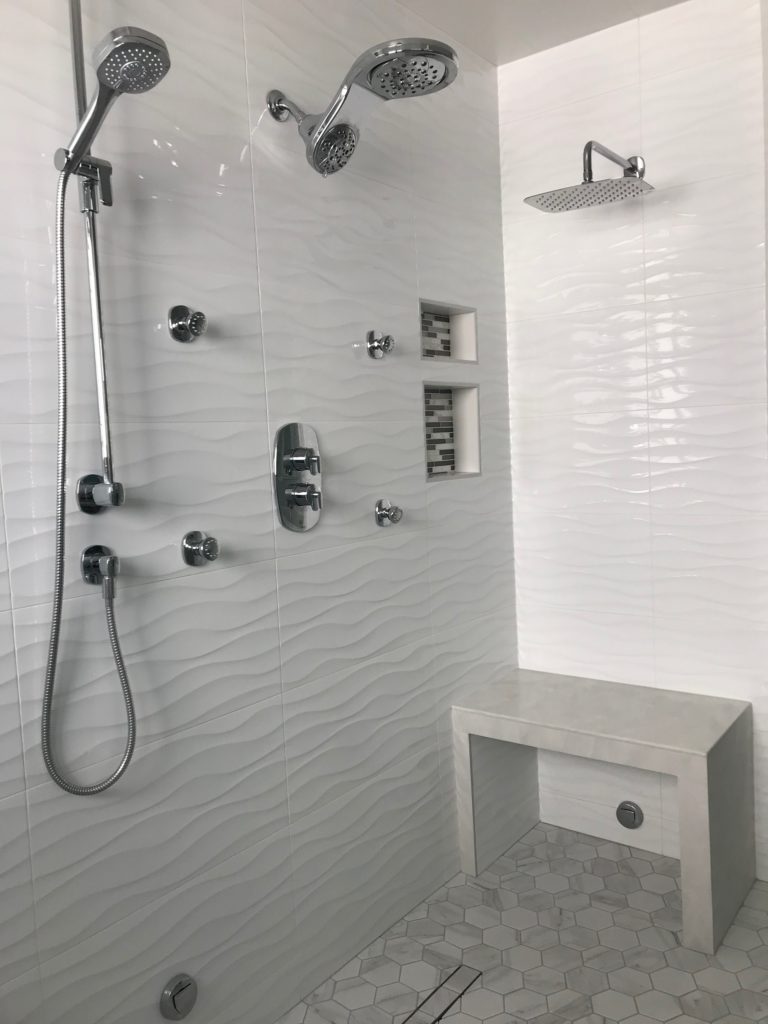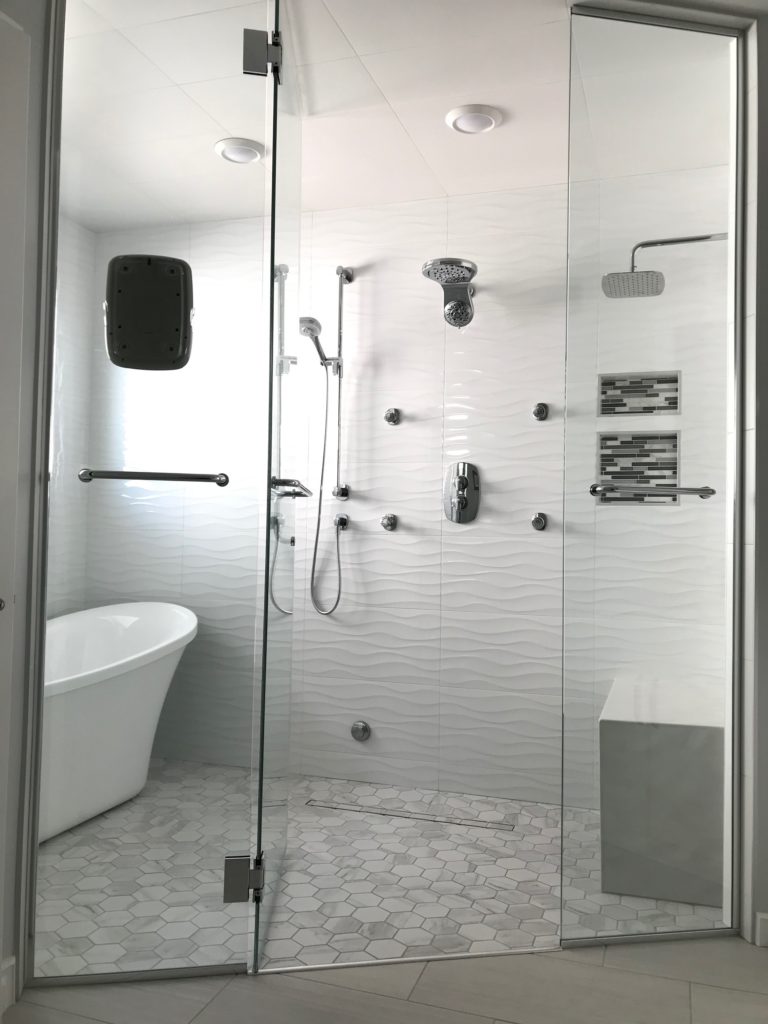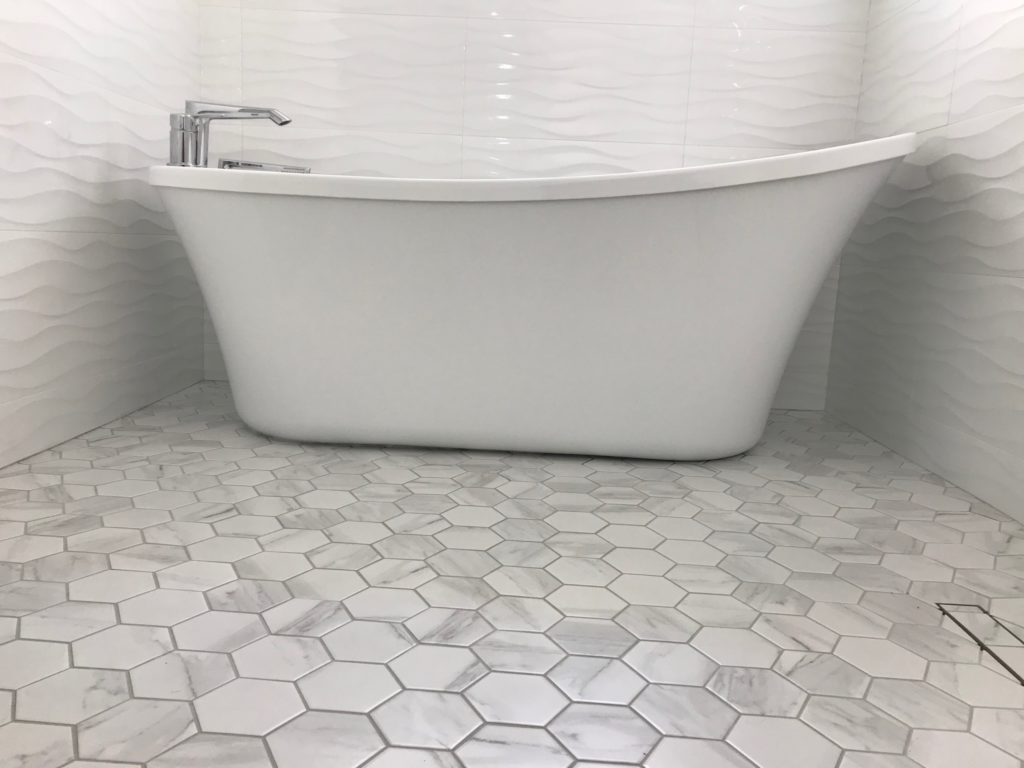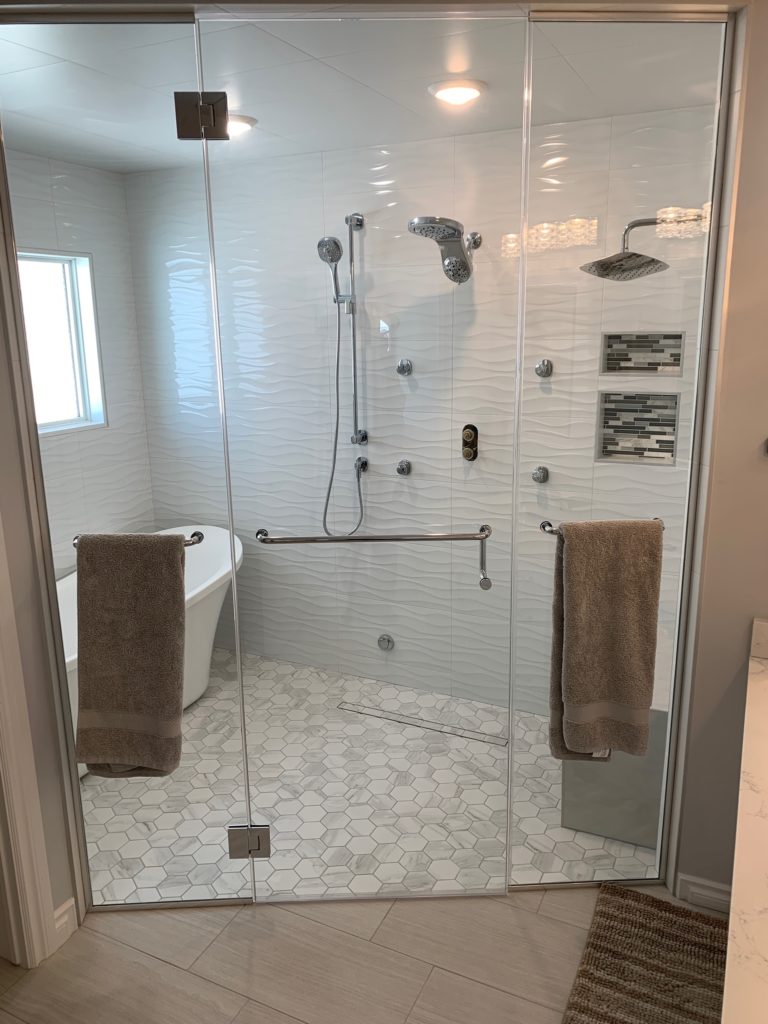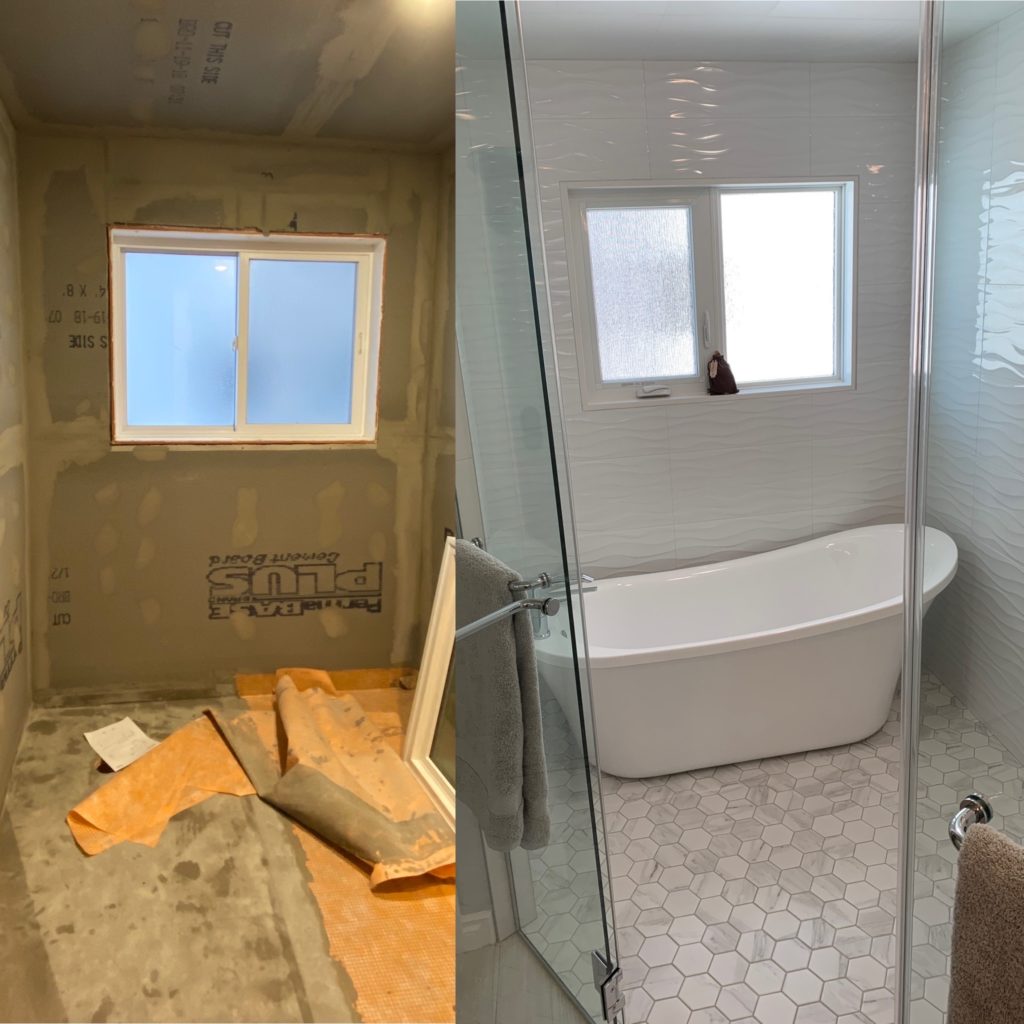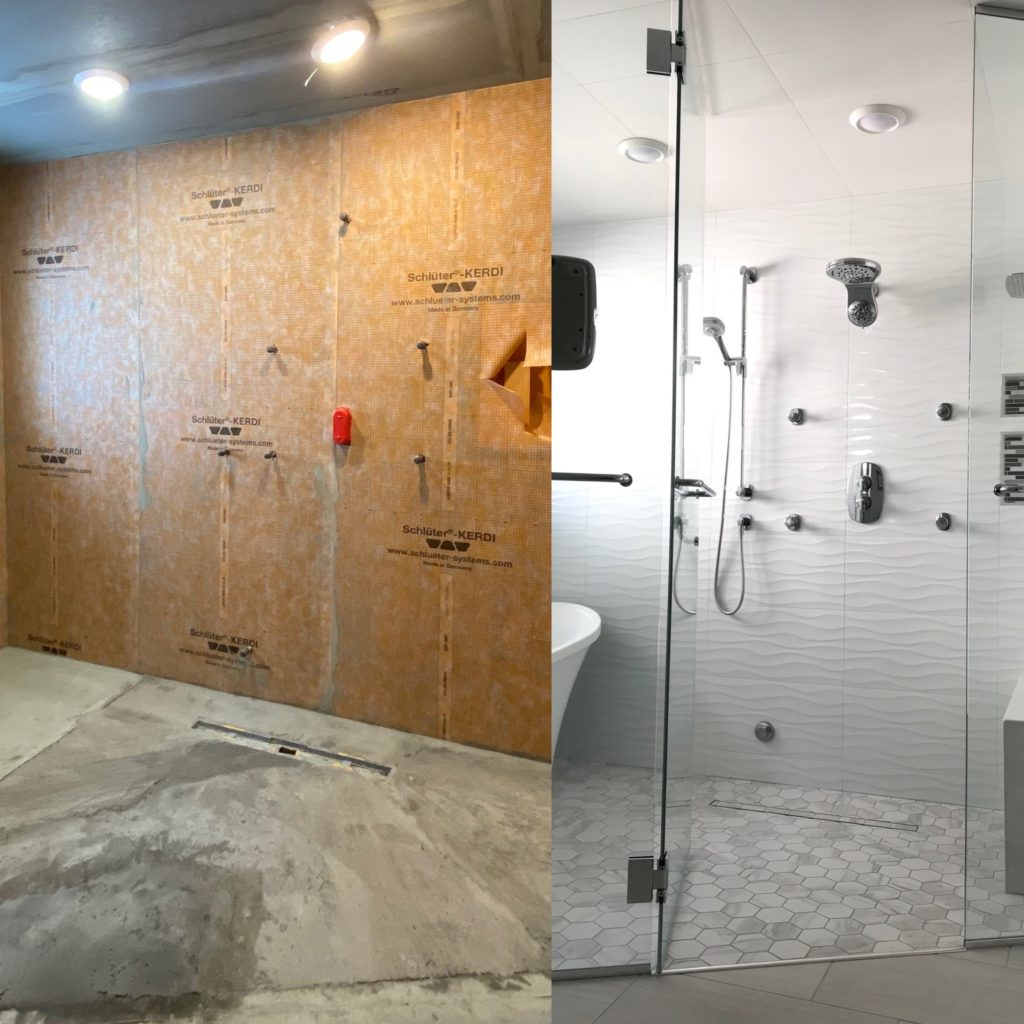Every winter, a significant number of Edmonton, Alberta, residents—commonly known as “snowbirds”—migrate south to escape the brutal Canadian winters. While this seasonal exodus to warmer climates like Arizona, Florida, or Mexico provides a much-needed respite from snow and ice, it also leaves homes in Edmonton unoccupied for extended periods. One of the most overlooked issues resulting from this is the drying out of toilet wax seals in these vacant homes, which can lead to severe water damage, mold, and even the need for extensive tile and substrate repairs.
Understanding the Snowbird Phenomenon in Edmonton
Snowbirds, typically retirees or semi-retirees, choose to spend the winter months in warmer regions to avoid the discomfort of Edmonton’s long, harsh winters. This lifestyle, while idyllic, requires homeowners to leave their properties vacant for several months—usually from November to April. During this time, the homes are left without the usual maintenance and checks, creating the perfect storm for various issues to arise, particularly in the plumbing and flooring areas.
The Role of the Toilet Wax Seal
A toilet wax seal is a critical component in any bathroom, sitting between the toilet base and the flange on the floor. This ring of wax forms a watertight seal, preventing water from leaking out when the toilet is flushed and blocking harmful sewer gases from entering the home. However, this seal depends on regular use and moisture to remain effective.
The Problem with Vacant Homes
When a home is left unoccupied for months, the water in the toilet bowls and traps evaporates. This evaporation causes the wax seal to dry out and lose its flexibility. Without the necessary moisture, the seal can crack or become brittle, leading to a compromised seal. As a result, when the homeowners return and flush the toilet for the first time, water can leak from the base, leading to potential water damage and even more serious problems like mold growth and structural rot under the tile flooring.
The Risks of a Dry Wax Seal
The primary risk associated with a dry wax seal is water leakage, which can lead to substantial damage if not addressed quickly. Initially, the leak might be slow and almost undetectable, but over time, it can cause significant harm to the flooring, subflooring, and tiles. As a company specializing in tile installation and repair, we’ve seen firsthand the extent of the damage that can occur when these leaks go unnoticed.
Key Issues Arising from Dry Wax Seals:
1. Water Damage to Flooring: Prolonged water exposure can weaken and damage not only the tiles but also the underlying substrate, leading to loose tiles and even the need for complete floor replacement.
2. Mold Growth: One of the most common issues we encounter is mold developing underneath the tile. Mold thrives in damp, dark environments, and a slow, hidden leak from a compromised wax seal creates the perfect conditions for mold to spread, potentially causing health risks and necessitating expensive remediation.
3. Rotting of Substrate: The substrate, or the material beneath the tiles, can rot if exposed to moisture for an extended period. In some cases, the entire substrate may need to be removed and replaced, which is a labor-intensive and costly process.
4. Extensive Repairs and Renovations: When water damage is severe, it may require the demolition of existing tiles, treatment of mold, replacement of the rotted substrate, and installation of new tiles. This not only drives up the cost but also increases the time your home is out of use.
Real-Life Impact: A Case Study from Our Experience
At The Tile Installations Specialists, we recently handled a project that perfectly illustrates the dangers of dry wax seals for Edmonton snowbirds. The homeowner had left their property vacant for several months while wintering in Arizona. Upon their return, they noticed water pooling around the base of the toilet and immediately contacted us for an inspection.
Before Renovation


During our initial assessment, we discovered that the toilet wax seal had dried out, leading to a slow, undetected leak. Over the months, this leak had caused significant water damage to the tile flooring, and mold had begun to grow beneath the surface. Worse, the moisture had also led to the rotting of the wooden substrate underneath the tiles.
During the Process



We began by carefully removing the tiles to expose the extent of the damage. As suspected, the mold had spread extensively, and the substrate was beyond repair. Our team undertook the task of safely removing the mold and completely replacing the damaged substrate.
Replacing the Substrate





Once the mold was treated and the substrate replaced, we proceeded with re-tiling the floor. We used high-quality tiles and grout to ensure durability and to restore the bathroom to its former condition.
Finished Project




The final result was a beautifully restored bathroom, free from mold and water damage. The homeowners were relieved to have the issue resolved and were extremely satisfied with the quality of the work.
If you happen to be in this situation go here and request an estimate and we are happy to walk you through the process.
Preventative Measures for Snowbirds
To avoid the risks associated with dry wax seals, and the extensive damage they can cause, Edmonton snowbirds can take several preventative steps before leaving for their winter retreat:
1. Turn Off the Water Supply: Shutting off the main water supply and draining the pipes can help prevent leaks during your absence.
2. Add Water or RV Antifreeze to Toilet Bowls: Adding RV antifreeze to the toilet bowls and traps can prevent water from evaporating, keeping the wax seal moist.
3. Seal the Toilet Bowl: Placing plastic wrap or a specialized cover over the toilet bowl can slow evaporation. When combined with antifreeze, this method can protect your wax seal throughout the winter.
4. Arrange for Regular Home Check-Ins: Having someone check on your home periodically can help detect issues early. Regular flushing of toilets during these visits can prevent the wax seal from drying out.
5. Upgrade to Advanced Toilet Seals: Consider replacing traditional wax seals with newer materials like rubber or foam gaskets, which are less prone to drying out and offer a more durable solution.
Addressing the Problem Upon Return
If you return from your winter escape and find that your toilet is leaking, it’s essential to address the issue promptly to avoid further damage:
1. Inspect for Leaks: Check the area around the toilet base for signs of water leakage. Look for damp spots, loose tiles, or musty odors indicating mold growth.
2. Replace the Wax Seal: If you detect a leak, the wax seal likely needs replacement. This involves removing the toilet, scraping away the old wax, and installing a new seal. Given the complexity, hiring a professional plumber or tile specialist is often the best course of action.
3. Assess the Extent of Damage: After replacing the seal, it’s crucial to inspect the surrounding flooring and substrate for any signs of water damage or mold. If damage is present, professional remediation may be necessary, including the removal and replacement of tiles and the underlying substrate.
4. Consider Full Restoration Services: If your home has sustained significant damage, our company offers comprehensive restoration services. We handle everything from mold treatment and substrate replacement to re-tiling and reinstallation of bathroom fixtures, ensuring your home is safe, sound, and beautiful.
Conclusion
For Edmonton snowbirds, the joy of escaping winter’s chill comes with the responsibility of ensuring their homes remain protected while unoccupied. One of the most significant risks involves the drying out of toilet wax seals, which can lead to leaks, mold, and extensive damage to the tile flooring and substrate.
By taking proactive steps before leaving and addressing any issues promptly upon return, you can protect your home from the hidden dangers associated with dry wax seals. If you do find yourself facing water damage, mold, or rot beneath your bathroom tiles, The Tile Installations Specialists is here to help. We specialize in restoring damaged bathrooms to their former glory, ensuring that your home is ready to welcome you back from your winter retreat without a hitch.

















